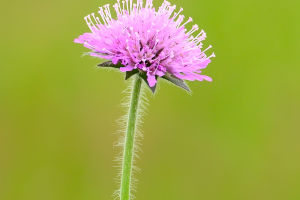For Lykkers and plant enthusiasts alike, learning about Galanthus or snowdrops can deepen your appreciation for these delicate blooms.
Let’s uncover some intriguing facts about snowdrops!
Curious about the snowdrop and its many wonders?
Flower Overview
Snowdrops, or Galanthus, are among the first flowers to bloom in late winter or early spring. Known for their drooping white petals and slender green stems, snowdrops signify the end of winter and the onset of spring. They are valued not only for their beauty but also for their resilience in cold weather.
Historical Significance
Snowdrops have a long history, with references dating back to ancient Greece. They were traditionally seen as symbols of purity and hope.
In folklore, snowdrops were believed to bring good fortune and were often associated with protection against evil spirits. This historical significance adds a layer of depth to their already enchanting appearance.
Botanical Features
Snowdrop plants are characterized by their delicate, bell-shaped flowers and linear leaves. Each flower typically consists of three outer petals and three inner petals that form a drooping shape.
The leaves are narrow and grass-like, emerging from the base of the plant. Snowdrops are hardy and can thrive in various soil types, though they prefer well-drained conditions.
Snowdrop Varieties
There are several species of snowdrops, each with unique traits!
The common snowdrop, Galanthus nivalis, is known for its small, pure white flowers. Galanthus elwesii, or the giant snowdrop, features larger blooms and broader leaves.
Another variety, Galanthus plicatus, has distinct, pleated leaves and slightly larger flowers. Each species offers different visual and environmental benefits.
Cultural Symbolism
Snowdrops carry significant cultural symbolism. In many cultures, they represent the promise of new beginnings and hope.
In the UK, snowdrops are often associated with the coming of spring and are celebrated in various festivals. Their ability to bloom in harsh conditions makes them symbols of resilience and renewal.
Ecological Importance
Snowdrops play an essential role in the ecosystem. They provide an early source of nectar for pollinators such as bees and butterflies, and help stabilize soil with their root systems, preventing erosion.
Their early blooming also signals the end of winter, which can be beneficial for the timing of other plant and animal activities.
Snowdrops are more than just a beautiful winter bloom; they are rich in history, symbolism, and ecological value. Embracing these fascinating facts can deepen your appreciation for these remarkable flowers.


